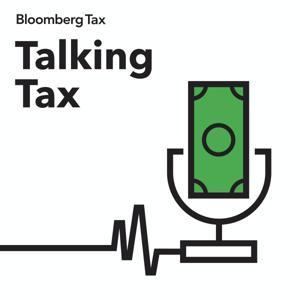Generative AI tools are already promising to change the world. Systems like OpenAI's ChatGPT can answer complex questions, write poems and code, and even mimic famous authors with uncanny accuracy. But in using copyrighted materials to train these powerful AI products, are AI companies infringing the rights of untold creators?
This season on UnCommon Law, we'll explore the intersection between artificial intelligence and the law. On episode one, we learned about the lawsuits filed against AI companies that trained their large language models on copyrighted work without permission. Now we'll learn about the legal defense that could give the AI companies a pass to continue scraping up whatever content they want, copyright-protected or not.
Guests:
***
Host/Producer: Matthew S. Schwartz
Editor/Executive Producer: Josh Block
Additional Editing: Andrew Satter
Cover Art: Jonathan Hurtarte







































